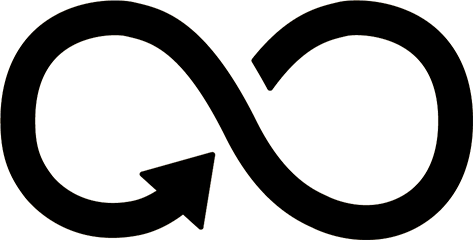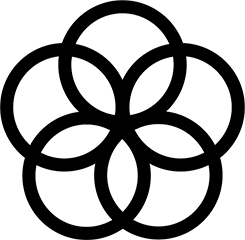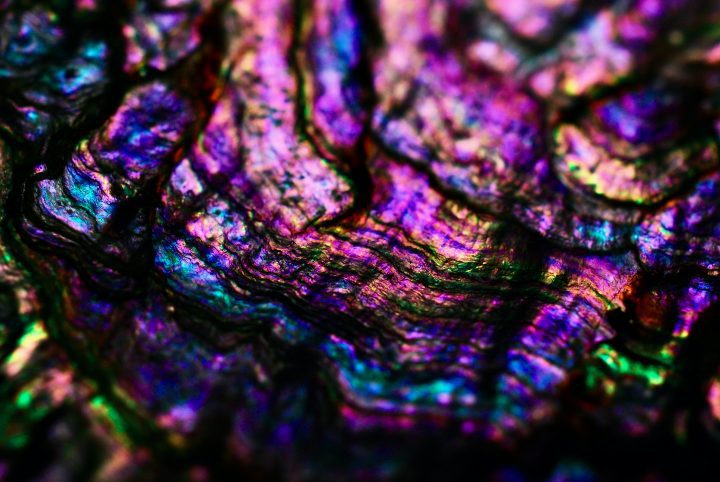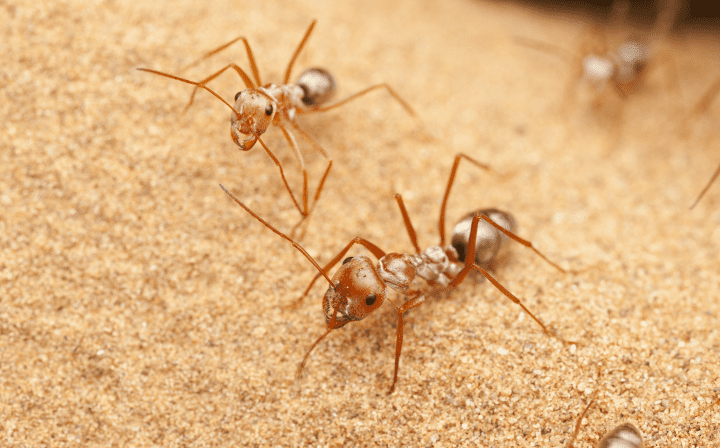UN Sustainable Development Goals Addressed
-

Goal 3: Good Health & Wellbeing
-

Goal 12: Responsible Production & Consumption
-

Goal 17: Partnerships for the Goals
2020 Global Design Challenge Finalist
This design concept was developed by participants in the Institute’s Global Design Challenge. The descriptions below are from the team’s competition entry materials.
Location: Utrecht, Netherlands
Team members: Laila Kestem, Gloria Carta, Pieter Smit, Vera den Besten, Bastiaan Ilmer, Florence Hunnekens
Innovation Details
BottleBricks was designed to address the growing problem of lack of adequate housing for refugees in camps. Mimicking the triangular corrugated shape of Saharan silver ant hairs and still air trapped within silk cocoons, along with the interlocking structure of nacre (mother of pearl), this interlocking bottle system that can be used to improve existing shelters to better protect against cold, warm, and wet weather conditions.
What is the problem you are trying to solve and how is it related to the united nations sustainable development goals?
One of the world’s biggest refugee crises is currently taking place on the Greek Aegean islands. The refugee camp on the island of Lesvos was originally set-up to shelter around 2.200 people, but is currently overflowing with over 20,000 refugees who are not all provided with shelter to live in. The Greek camps were not meant for long-term use, but due to Europe’s new asylum laws, people often have to stay there for several months or even years. With more refugees arriving every day, an unbearable situation has arisen. Refugees who lived or currently live on Lesvos have identified lack of shelter as one of their major problems. Adequate shelter should provide security and protection from the cold winds, frequent rain and thunderstorms in winter, with average temperatures below 10°C. The climate during the summer months is equally challenging with burning sunlight in temperatures up to 38°C. The refugees often lack financial means and access to building materials to remedy the situation. They often have to live in makeshift shelters built from waste, like sheets and wood sticks, materials with little insulating properties. The immediate and long-term physical and psychological impacts lack of proper shelter have on the refugees is a bitter side effect. Providing relief in this situation will target the SDG no.3 of good health and well-being as the risk of diseases and the discomfort of refugees will sink when they are protected from harsh weather conditions.
What organisms/natural systems did you learn from and how did what you learned inform your design?
For our solution, we looked at strategies to create resilient, insulated structures to protect the refugees from hot, cold, rainy and windy climates. Nature offers very diverse thermoregulation strategies. We learned from organisms using stagnant air as insulation and physical structures to reflect light and heat. Trapped air is a very common insulation strategy among many organisms to protect from both, hot and cold climates. However, not all create stable temperature conditions when exposed to wind. Crystals in the outer layer of the silk cocoons of moth species showed to be an effective strategy to create enclosed structures that prevent stagnant air from escaping in windy and cold conditions. In hotter environments, trees developed a paper-like structure of loose and overlapping bark pieces trapping air in an enclosed structure, generating a highly heat-insulating air space. Another thermoregulatory strategy we implemented in our concept is the use of a physical structure to reflect light. Saharan silver ants have developed a particular hair structure to achieve total internal reflection of light very efficiently, thus cooling the body underneath. The hairs of the ant are triangularly shaped with a flat base and ridged sides, the ridges allow a large amount of light to come into and out of the hairs, thereby maximising light reflection. By integrating these main principles, we came up with the idea of creating BottleBricks. To increase the strength of the units and of the overall structure, we were inspired by the interlocking building sections of nacre in molluscs and hollow cylindrical structures which can often be found in nature.
What does your design solution do? How does it address the problem or opportunity you selected?
BottleBricks are empty bottles which can provide refugees with the means to easily improve their existing shelter so that it protects them against cold, warm and wet weather conditions. We envision our design solution in the form of stackable water bottles made from 100% recycled PET, which get delivered to the refugees as daily water supply. We found that upon smart modification of the bottle shape, they could be a readily available source for the refugees to solve their shelter problem. Two bottles can be connected through screwing the neck of one bottle into the bottom of another. The closed body of a bottle allows for the stagnant air, which is efficiently trapped inside, to work as an insulating layer against outside heat or cold. Additionally, heat from body warmth or other heat sources will not escape the shelter. The ridged shape which covers 70% of the outer layer of the bottle serves as a light reflecting side for summer and was inspired by the hair structure of the saharan silver ant. When this reflective side is facing the sun, the shelter will remain cooler. When the smooth side is faced towards the sun the shelter will become warmer, because the sunlight will be absorbed. Further, the ridges on the bottles fit into each other, making them easily stackable to set up a stable construction and tightly packed in order to protect the inside from rain. We want our design to be directly integrated into the supply systems for people without sufficient temporary shelter. By redesigning the ordinary water bottle into multi-purpose bottle bricks, the 100% recycled PET also gets a long second life, making use of the material to its fullest.




